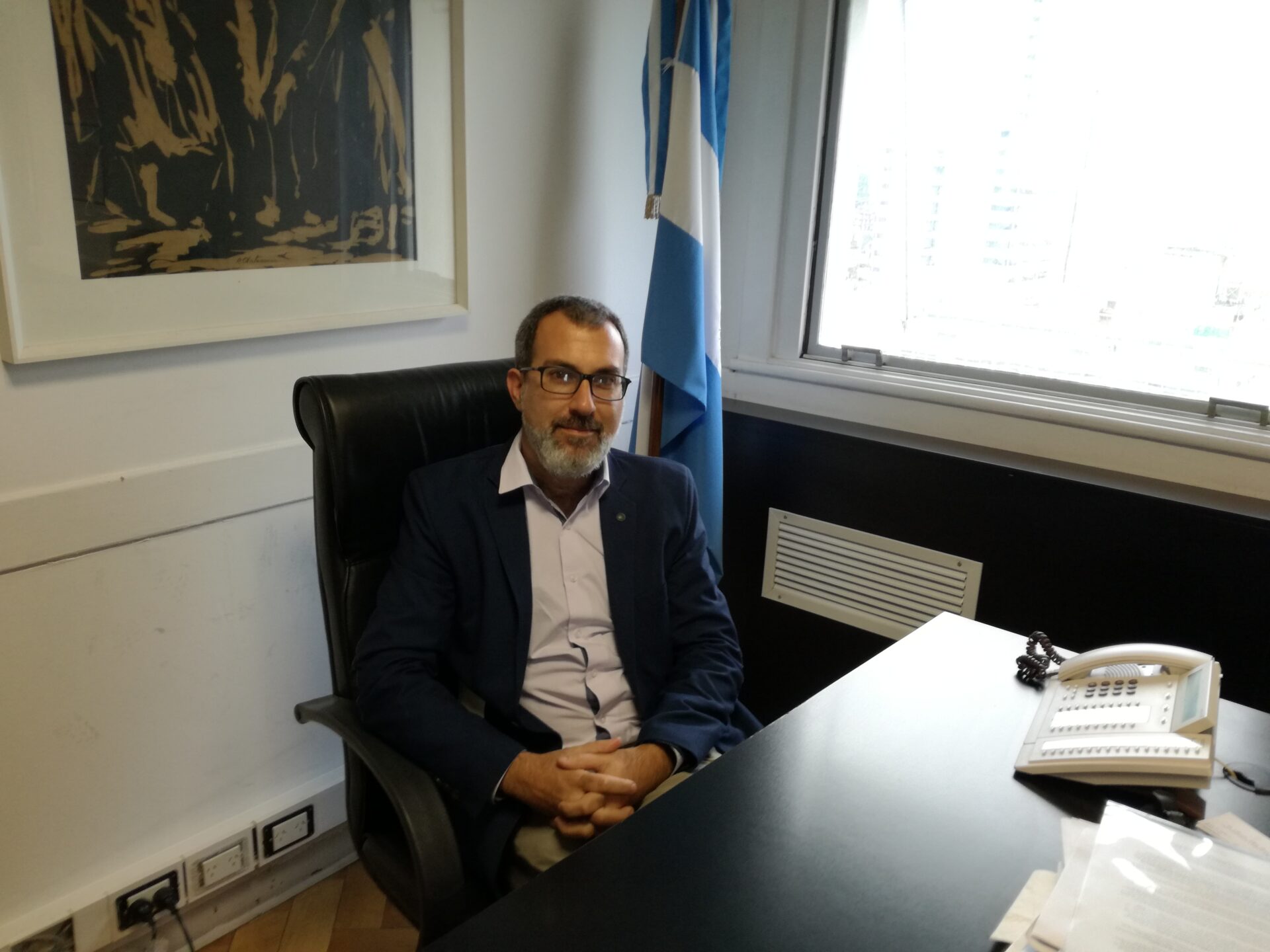At the Cerner Collaboration Forum in London, Hospital de Denia gave the presentation ‘Healthcare Process: Searching for Efficiency in Care’ by Catalina Espín, Care and Services Director at Hospital de Denia, Carmen Bohigues, Biological Diagnostic, Research and Teaching Department Coordinator, and Vicent Moncho, Information Systems and Technology Director.
During the three days on which the London Collaboration Forum took place, many European hospitals and healthcare information technology professionals gathered to share knowledge, benefit from networking opportunities, attend presentations and discover Cerner’s latest innovations in Europe. As well as Hospital de Denia, other renowned European hospitals presented their experiences, such as Barts and The London NHS Trust, Newcastle upon Tyne Hospitals NHS Foundation, Mainz University Hospital or Hospital Universitario Son Espases, which included a presentation by the Medical Information Director, Dr Fernando Barturen.
During their presentation the experts from Hospital de Denia pointed out how nursing is an essential part of patient care, organised autonomously and following a care planning methodology. Catalina Espín and Carmen Bohigues explained how the information technology was selected and defined so that the solution would allow for greater efficiency in the management of the care process.
Defining and implementing Cerner Millennium for nursing practice
‘We were aware from the beginning that a successful information system implementation depends above all on the clinical staff and on orienting the work processes towards greater efficiency’, said Catalina Espín. The objectives that Cerner Millennium™ has to meet were defined with this in mind:
- Patient-oriented, so that all the system’s information is linked to the patient and all the actions are directed towards the patient’s benefit.
- Clinician-oriented, as it should provide efficient instruments for daily operation, freeing up the clinician for activities with higher added value.
- Process-oriented, with the aim of integrating a horizontal vision of the Organisation.
- Care continuity, for supporting the vertical and horizontal vision of care.
- Quality generator, with functionalities aimed at ensuring care quality (protocolisation, action guidelines, decision aids, alerts and continuous improvement support tools).
- Knowledge reference, as it should act as a concentrator and disseminator of the organisation’s knowledge, with functions for defining and exchanging, communication and collaborative work.
- Strategic alignment with the organisation, covering the focus on management by objectives and results based on areas of responsibility.
In order to achieve these objectives, the hospital shifted from the existing departmental administrative support to a support based on the management strategy. ‘We focused on defining the nurses’ field of action, systematising care delivery and considering instruments for evaluation effectiveness and efficiency’, pointed out Carmen Bohigues. In this sense, she added, ‘we nurses need a methodology that standardises the care process and allows to classify the interventions, with the capacity to measure the quality of what we do’. For this purpose, a care assessment system was established and the systematisation of the nursing process was defined: evaluation, diagnostic, planning, execution and assessment.
Promotion of scientific evidence application through taxonomy
In order to optimise this process, the taxonomy to be used was defined so that it would allow the use of standardised language, and so that this common language would facilitate the analysis of information and its assessment, the application of knowledge on a scientific base, continuous revisions, the development of care information systems, and the decision-making process of nursing students.
The taxonomies selected were NANDA, NOC and NIC. With NANDA a common nurse diagnostic was established, i.e. the clinical judgment on individual, family or community responses was unified with real or potential health problems. The use of NOC responded to the need for creating a common language that is applicable to the information systems in order to measure and assess quality, effectiveness and innovation in nursing care. The use of NIC was determined for nurse interventions, allowing clinical documentation, care communication, data integration, efficient research, productivity quantification and competency assessment.
The use of a database managed with a standard language allowed –with the support of Cerner Millennium™– to organise the data and access it.
Clinical adoption and clinical staff satisfaction
Eight nurses, one administrative, one pharmacist, one clinician, three technicians and the Cerner team, among others, participated in the design of Cerner Millennium ™. All the solutions worked from day one: Accident and Emergency, Hospitalization, Theatre, etc., which represented a radical change in work dynamics. ‘The result is that we have a solution with which we can manage work lists in A&E, hospitalization, surgery tracking lists, scheduled activities, nursing registry and evaluation, interactive view, we create care plans, closed medication loop, etc., which allows us to increase patient safety and be more efficient in our daily work’, said Catalina Espín.
In order to evaluate the level of satisfaction of the nurses with the use of Cerner Millennium™, Hospital de Denia carried out a survey, and the main results show that 94.2% of the users consider it easy to use, 93.3% are satisfied with its level of usability and 95% are satisfied with it. This data is especially relevant, since it is the clinical staff who –through the use and adoption of the information system– has led to the success of its implementation and has contributed in a decisive way to Hospital de Denia’s electronic health record being awarded with stage 6 of 7 of HIMMS (Healthcare Information and Management Systems Society). It was the first hospital in Spain, and Cerner’s first European hospital, to obtain this certification.

